BYD has come a long way in a short time, and is now a powerhouse in the ‘New Energy’ sector.
Build Your Dreams recently overtook Tesla as the biggest electric car maker, selling over half a million EVs in Q4 of 2023 compared with just under half a million for Tesla.
Here, the BYD Atto 3 crossover has proven popular and now the wee BYD Dolphin and the larger BYD Seal Performance have bolstered its ranks. It’s the entry-level variant of the latter that you see here, though it’s hardly a stripper.
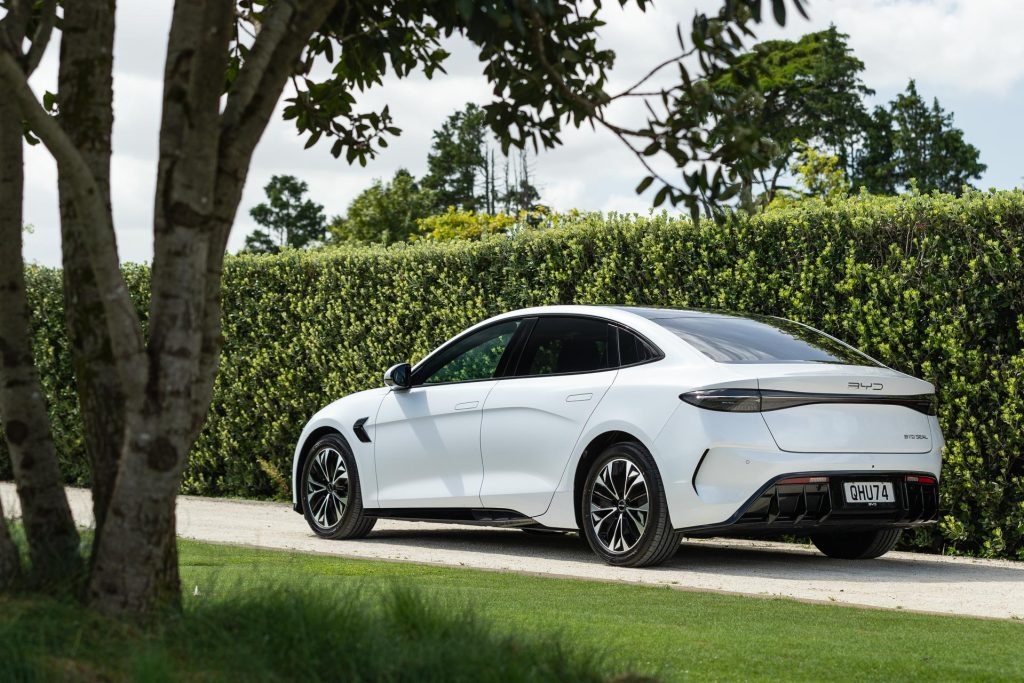
The interior looks flash with a leather-like upper dash, synthetic leather seat coverings, and plenty of piano black detailing. Build is sound too, while safety items are all present and correct. There’s even a vehicle to load facility.
The featured model is the Dynamic, which is a good description because it can get around corners handily.
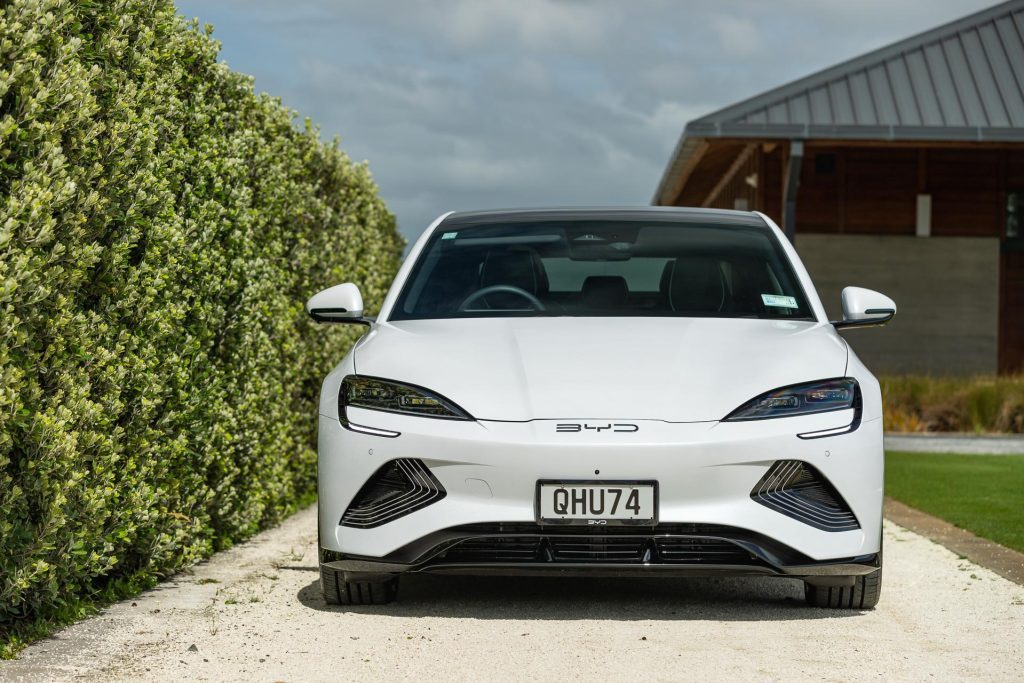
That’s mainly because of its even weight balance, the weight is carried low and the steering wheels aren’t corrupted by having to power the vehicle as well.
But it’s the ride that, if anything, is more impressive than its cornering ability.
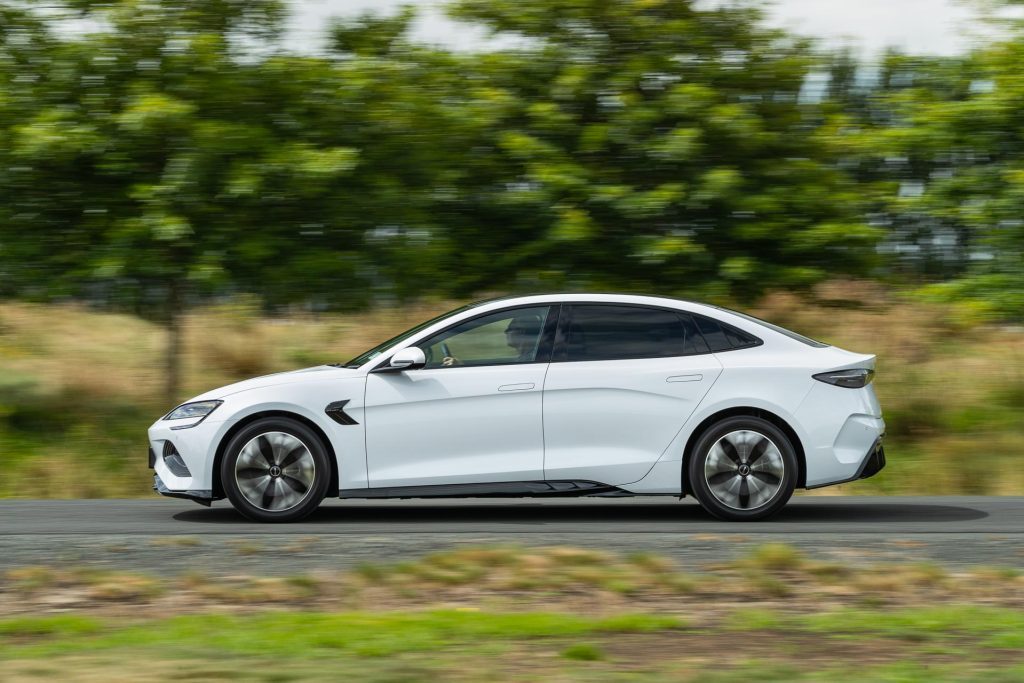
As a Tesla Model 3 rival, this really looks the part. Most everyone thought so. It has a purposeful wind-cheating look about it.
Up front, the large air intakes are illuminated, and there are gill-like styling flourishes at the rear of the front guards, hinting that it is from BYD’s Ocean series.
From the driver’s view, the shape of the fenders and the abbreviated bonnet remind strongly of the 911.
The interior is rather nice too, dominated by the large central screen that can be oriented vertically or horizontally. As with Teslas, this is the main system controller, right down to changing the angle of the air vents.
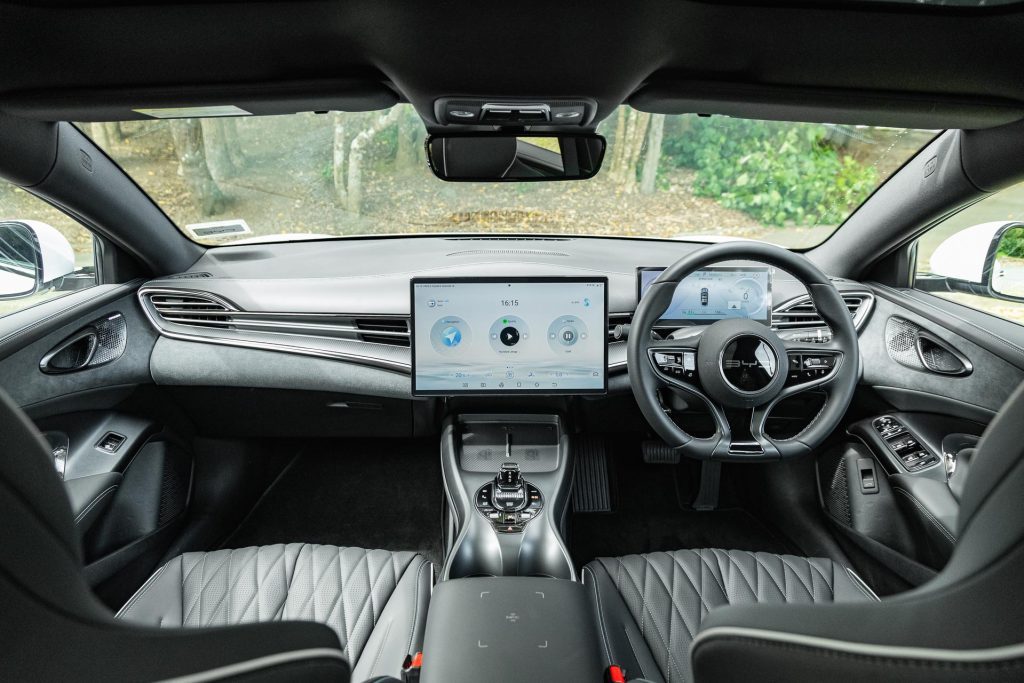
However, BYD hasn’t ditched an instrument cluster which reports on speed, energy use, tyre pressures, the essentials then. Seats feel great, and are heated, vented and power operated.
There’s no lumbar pump but it’s not really missed.
At its lowest the driver’s seat is set fractionally too high; I couldn’t get the internal rear view mirror to line up quite right.
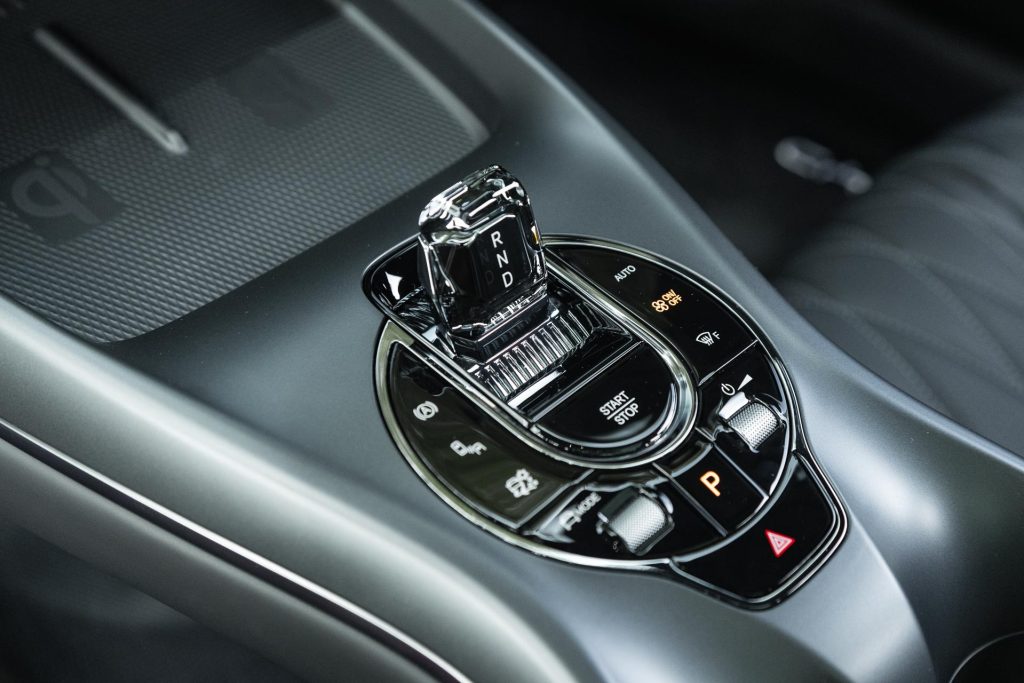
That said, the rear window is tiny and mostly obscured by headrests so we relied instead on the external mirrors and the reversing camera.
One aspect that will probably put off some is boot access. We’ve seen worse but the squared off opening isn’t huge. It’s a pity Seal wasn’t a liftback design.
And visibility into the luggage area is poor; you have to kneel down and the black lining makes it cave-like.
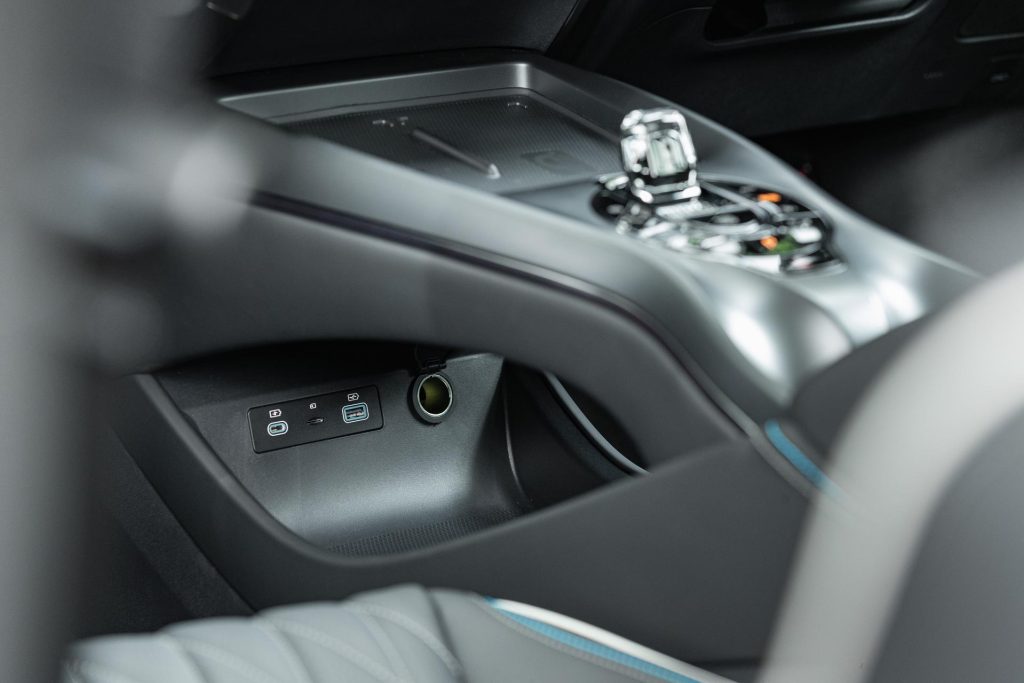
Not that there isn’t decent room back there, 400L apparently, enough to swallow a set of golf clubs and a folding trundler. The boot lid is powered, quietly too. Below the floor is an area for charge cables. Up front, there’s a 53L frunk.
As is typical of modern EVs, there’s plenty of stretch space for rear seat occupants, thanks in part to a flat floor and a 2920mm wheelbase.
Above is a gigantic panoramic roof but there’s no blind so the interior, with black upholstery, can cook.
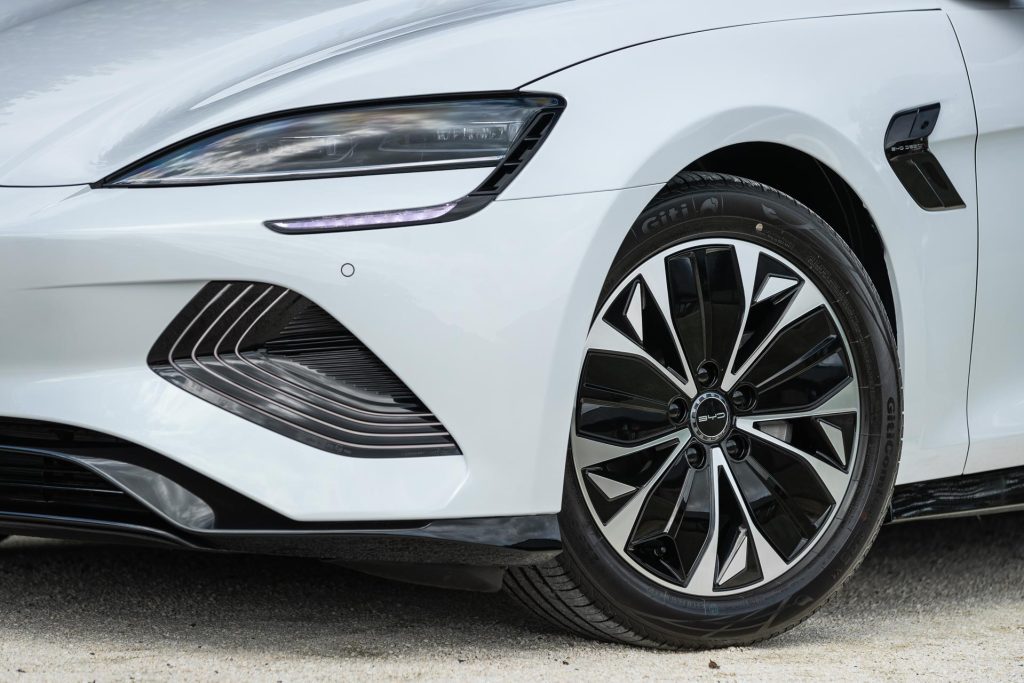
This base model goes for $62,990 plus ORCs. It features BYD’s proprietary Blade Battery LFP technology, secured in a sandwich-style enclosure.
The 61.4kWh power supply gives it a range of up to 460km by WLTP methods. A 0-80 per cent recharge evidently takes around 10 hours using a wallbox and about an hour on a 50kW fast charger.
On pick up day, we stuck to the open road, did cornering shots and performance figures, so range was limited to 300km, despite it registering 15.8kWh long term. With around town use you’d get much closer to the stated claim.
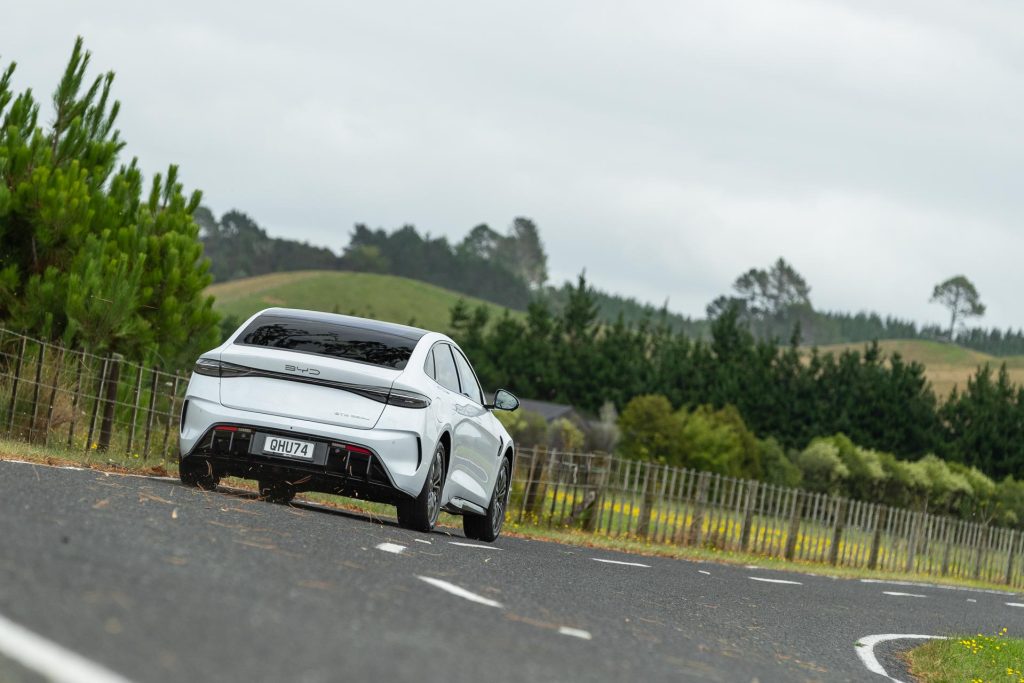
This runs a 150kW/310Nm motor and in Sport mode we almost managed to meet the quoted acceleration figure to 100 of 7.5sec.
Mainly we ran it in Normal mode, which proved fine for highway and town running. It never really tears away off the line; acceleration feels measured.
An overtake is done in a bit over five seconds, or 150m, enough to make it safely, though you do need to floor it for best effect.
We found the brakes acceptable but a best emergency stop from 100km/h of 38.27m isn’t great for a car running 225/50R18s. Perhaps that’s more of a reflection of its 1922kg quoted weight.
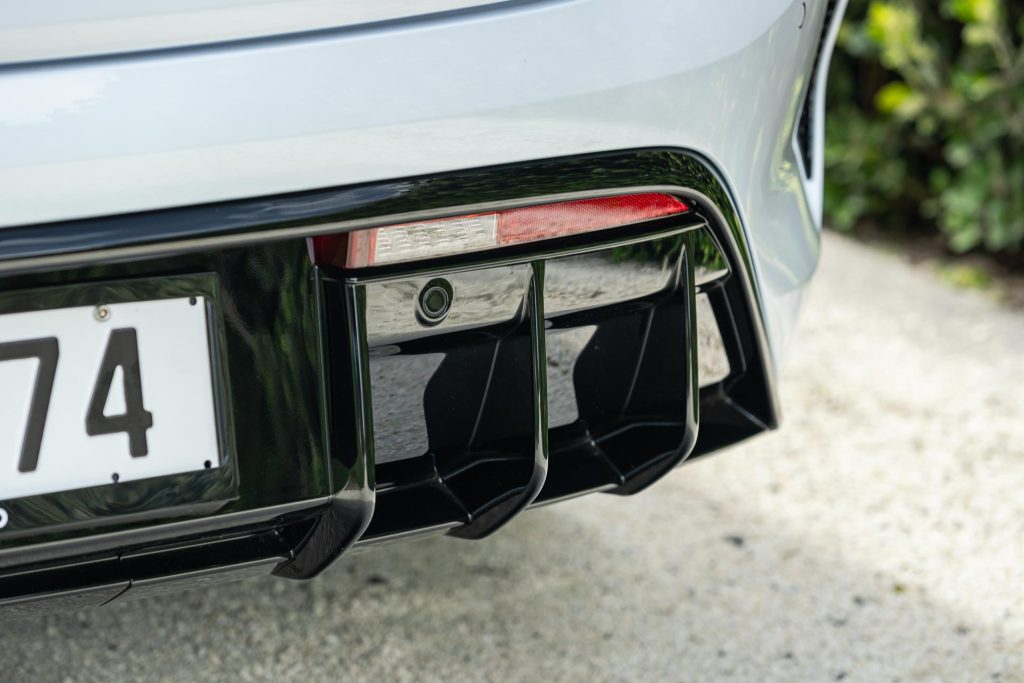
What we really like about the Seal is progress on the go. The ride quality is sublime. It’s plush across a host of different surfaces and progress is just so hushed, with few in-cabin readings even making it into the 70s.
The downside of a cushy ride can be lax body control and while there’s some lean in corners, it turns in pleasingly and holds a line well. It will also round up into the turn under power without much in the way of electronic intervention.
The steering is well weighted and provides quite reasonable feedback too. You can thread this down a winding road and it’s all good, providing you don’t go overboard.
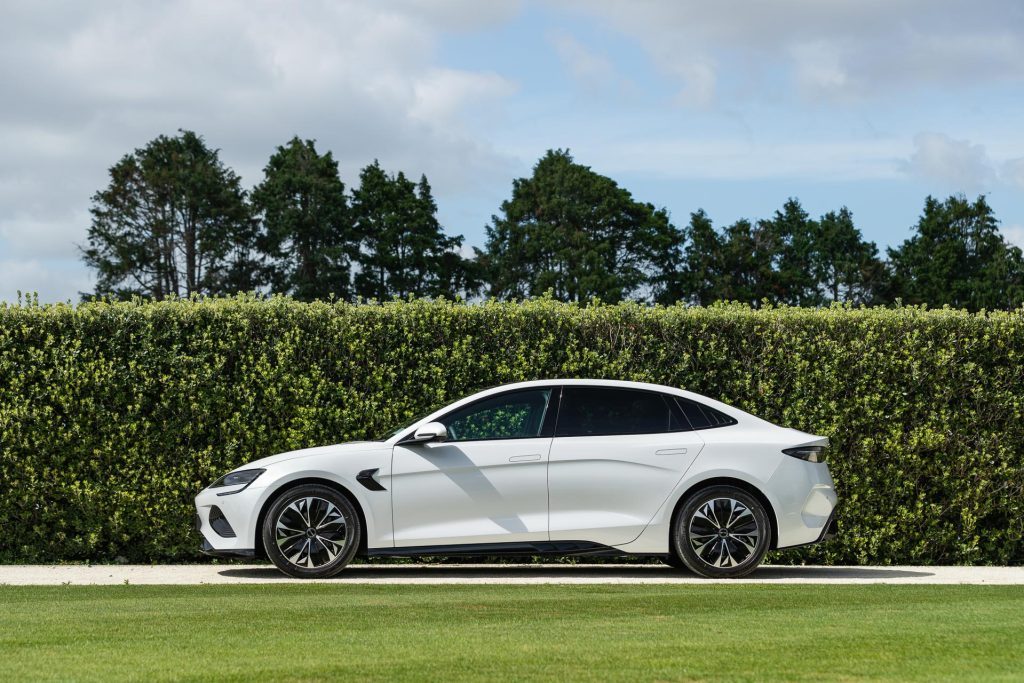
The regenerative aspect of this car is interesting. BYD has gone for a little (standard) or a bit more (high). And you can only vary it within the 15.6-inch rotating touchscreen so we just left it on high.
After a day of driving we felt okay with this and not having much regen variability is also fine and dandy.
You can sense the car slowing somewhat on a dead throttle, enough that you don’t need to hit the brakes that often.
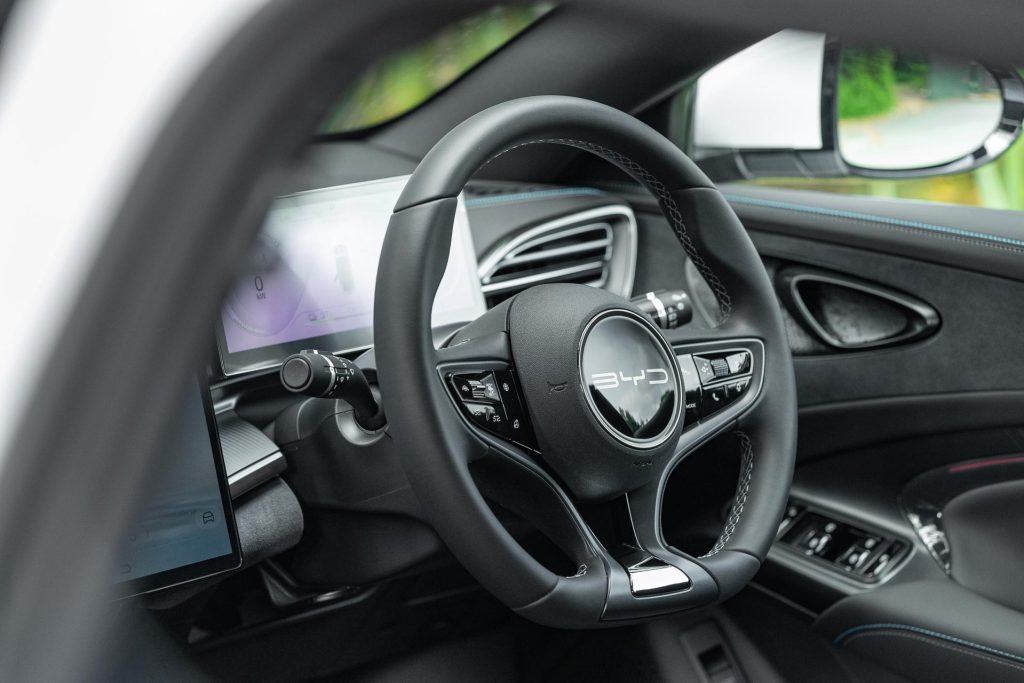
One other final thing which is kind of weird. For whatever reason, traffic sign recognition gets confused in town. It mainly suggests the speed limit is 30km/h, resulting in a bong fest. BYD knows about this and is working on an over-the-air update.
Fortunately, you can turn it off in the touchscreen, though it takes five steps. We also nixed the lane departure warning because it bongs too.
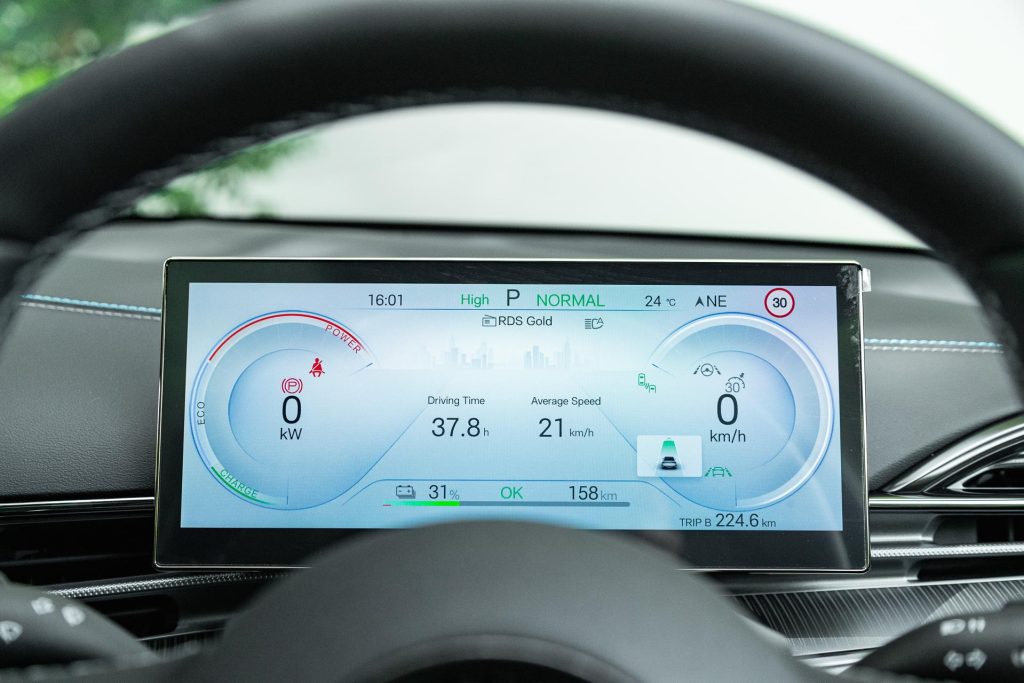
But you need to do it each time you restart the car, which is a real bore. Perhaps that will be sorted in the update too.
And don’t yawn while driving; it will sense fatigue (even if you’re not tired) which leads to even more persistent bonging.
We appreciated the 12-speaker Dynaudio sound system, a cracker. Anything to drown out the bong fest.
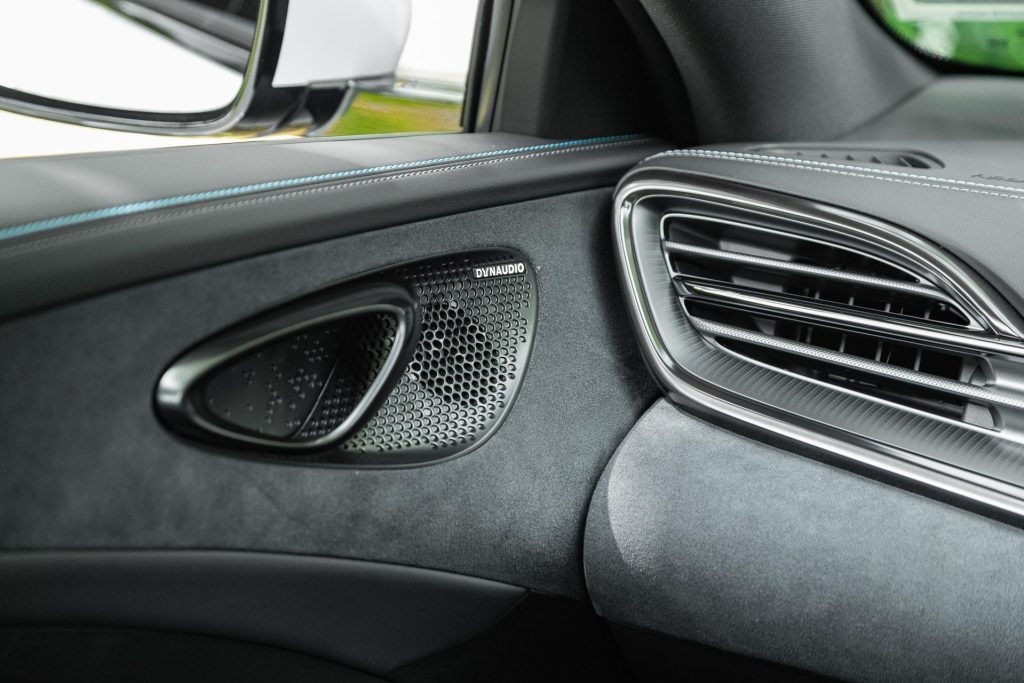
Minor issues aside, this is a solid EV sedan effort from BYD. But for only a few grand more the Tesla Model 3 rear-drive equivalent is around 150kg lighter, a wedge quicker, and has more range and luggage capacity.
Not that it looks as nice and its four-year/80,000km warranty isn’t as comprehensive as the six-year/150,000km guarantee of the BYD. Both have ANCAP five-star safety ratings, though the BYD’s is more current (2023).
The Premium Seal competes better with the base Model 3 but costs $7000 more.

On the horizon is another family model from BYD, a crossover called the Seal U. It will be a PHEV rather than a BEV, with a 100km of electric range.
We’d expect a BEV version at some point down the track.
| Model | BYD Seal Dynamic |
| Price | $62,990 |
| Motor | 150kW, 310Nm |
| Battery | 61.44kWh net |
| Range | 460km |
| Drivetrain | single-speed auto, RWD |
| Energy Use | 15.9kWh/100km |
| C02 Output | 0g/km |
| 0-100km/h | 7.63sec |
| 80-120km/h | 5.32sec (153.1m) |
| 100-0km/h | 38.27m |
| Stability systems | ABS, ESP |
| Safety | AEB, ACC, BSM, LDW, RCTA, ALK, AHB |
| Luggage capacity | f-53L / r-400L |
| Tow rating | 750kg (1500kg braked) |
| Service intervals | 12 months, 20,000km |
| Warranty | 6yrs, 150,000km |
| ANCAP rating | Not yet rated |
| Weight | 1922kg (claimed) |
This story first appeared in the March 2024 issue of NZ Autocar magazine.


